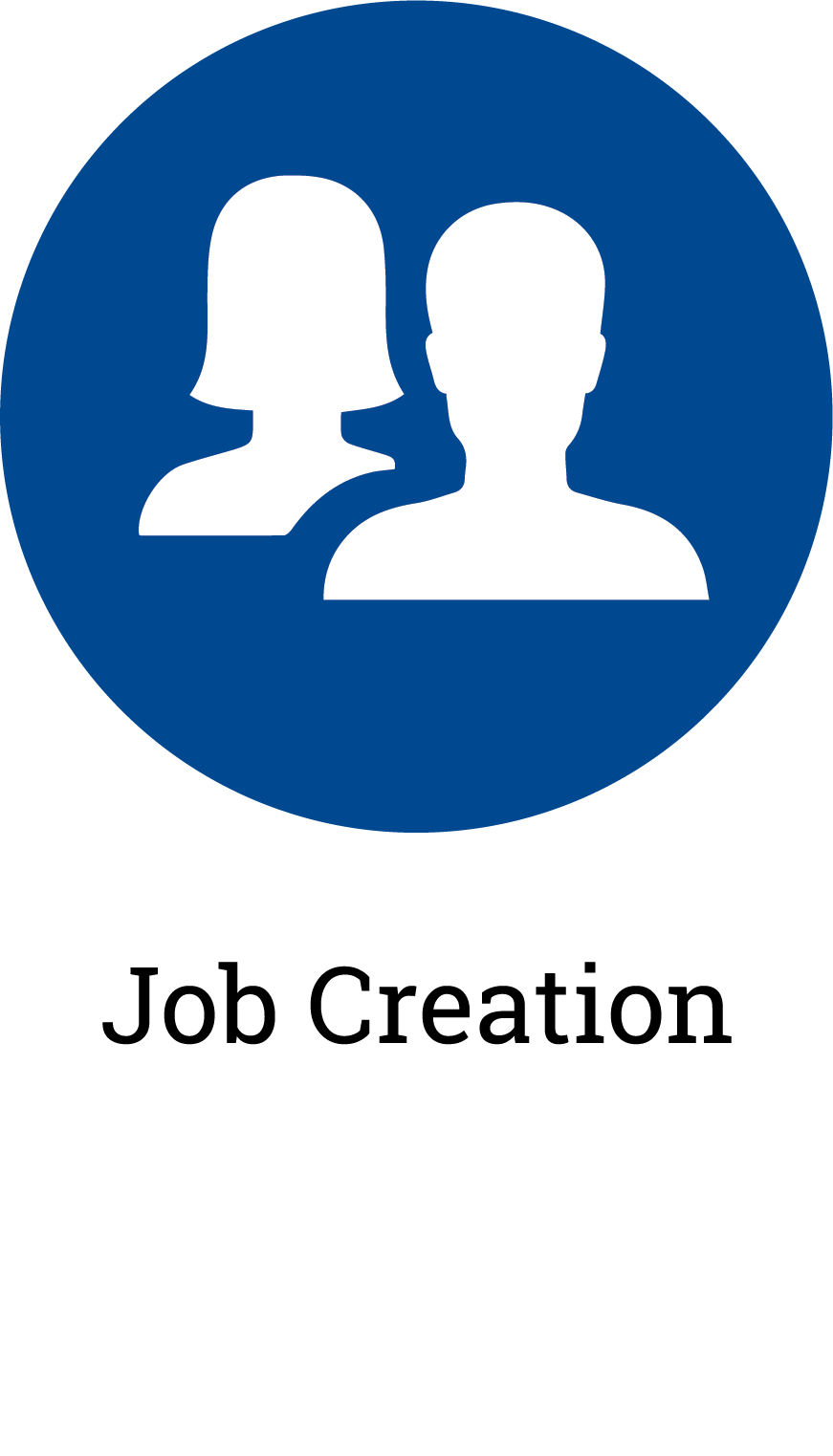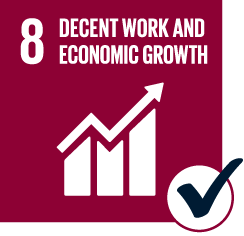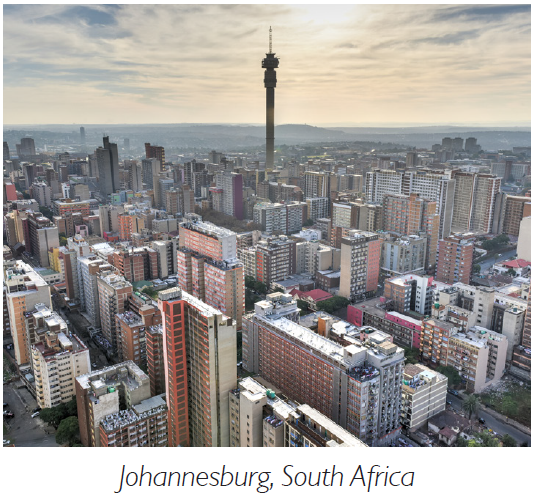Borrower Overview
TriLinc has provided financing to a company in South Africa created to extract metal tailings and remediate the land site of a recently shuttered zinc mine. The zinc mine site and its accompanying refinery began operations in 1968, and were shut down in 2013 by the South African company that managed the mine’s extraction and production operations. The borrower acquired the land site in December 2013 and was granted the rights to extract and process gold, silver, lead, and iron tailings for sale to trading companies located in South Africa and Europe. As a part of its tailings extraction activity, the
borrower is required to remediate the land site and has already begun the process by establishing a mine rehabilitation fund, dismantling the shuttered mine’s refinery, disposing of mining equipment, and maintaining a sophisticated, onsite laboratory that allows for continuous monitoring of ground water contamination levels. TriLinc’s financing enables the borrower to recover and process the tailings and supports the borrower’s objective of creating new mine servicing and remediation jobs. Once the tailings extraction is complete and the site is deemed to be completely rehabilitated by South African regulatory authorities, the borrower intends to donate the property to the community for affordable housing developments.
 |
 |
Market Overview

South Africa is classified as an upper middle income country by the World Bank.1 Between 2010 and 2014, annual GDP growth rates averaged approximately 2.4%.1 South Africa’s main exports have traditionally been concentrated in gold, diamonds, platinum, other metals and minerals, and machinery and equipment.2 Conversely, the country’s main imports have been focused in machinery and equipment, chemicals, petroleum products, scientific instruments, and foodstuffs.2
South Africa meets TriLinc’s country standards for its performance across relevant growth, stability and access metrics.3 In 2014, it ranked second across the Sub-Saharan African region on the World Bank’s Ease of Doing Business index.4 As the second largest economy in Sub-Saharan Africa,5 the country benefitted from the $37 billion in net foreign direct investment that was estimated to have flowed into the region in 2014.6 Robust domestic demand across Sub-Saharan Africa helped spur GDP growth to 4.6% in 2014.7 Looking ahead, overall regional GDP growth is projected to strengthen to 5% by 2017.7
Additional Sustainability and Impact Highlights
- As a part of its remediation activities, the borrower engages in general surface reclamation, conversion of previously disturbed land to a usable state, and continuous groundwater monitoring and cleansing activities through its water treatment plant.
- The borrower has created 45 new jobs and anticipates that it will create an additional 120 new employment opportunities in 2015 in a region of South Africa characterized by an unemployment rate of approximately 25%.8
- The borrower supports a community development facility and a house which has been converted to a center for HIV-infected children.
1The World Bank, World Development Indicators Database, South Africa, 2015.2CIA, The World Factbook, 2015: South Africa.3There is no assurance that our investment in this company or this market will be successful. 4The World Bank, Doing Business 2015, Going Beyond Efficiency, 2014.5The World Bank, World Development Indicators Database, 2015.6The World Bank, Data, Sub-Saharan Africa, 2015. 7The World Bank, Global Economic Prospects, June 2015. 8Statistics South Africa, Quarterly Labour Force Survey – Q4: 2014, February 2015.
The above information is as of the initial date of investment: October 24, 2014.
This borrower is no longer in TriLinc’s portfolio.
TriLinc originally performed an SDG mapping exercise in December 2017 to map all of our borrower companies, both current and exited from our portfolios, to specific SDGs based off of business activity. TriLinc’s official SDG alignment methodology was not finalized until June 30, 2018. For borrowers that had exited TriLinc’s portfolios prior to this time period, the selected SDGs for these borrower are a reflection of what TriLinc believes would have been the SDG alignment if 1) the SDGs had been in effect and 2) TriLinc had integrated the SDG alignment while the company was in the portfolio. The SDG mapping presented does not include input from Investment Partners or borrower companies given that the companies were no longer in the portfolio when the alignment was finalized.
RISK FACTORS
There is no guarantee that TriLinc’s investment strategy will be successful. Investment in a non-listed LLC involves significant risks including but not limited to: ownership is restricted; no secondary market; limitation on liquidity, transfer and redemption of ownership interest; distributions made may not come from income and, if so, will reduce the returns, are not guaranteed and are subject to management discretion. TriLinc selects investments and conducts operations on behalf of its clients, and will face conflicts of interest. Investment with TriLinc is not suitable for all investors. Securities Offered through CommonGood Securities, LLC, a member of FINRA and SIPC.
An investment with TriLinc carries significant fees and charges that will have an impact on investment returns. Information regarding the terms of the investment is available by contacting TriLinc. This is a speculative security and, as such, involves a high degree of risk. Investments are not bank guaranteed, not FDIC insured and may lose value or total value. Some investments may have been made in an investment vehicle that is no longer open for investment. The highlighted investment may or may not have been profitable. There is no guarantee that future investments will be similar.
Want to learn more? Contact Us.
